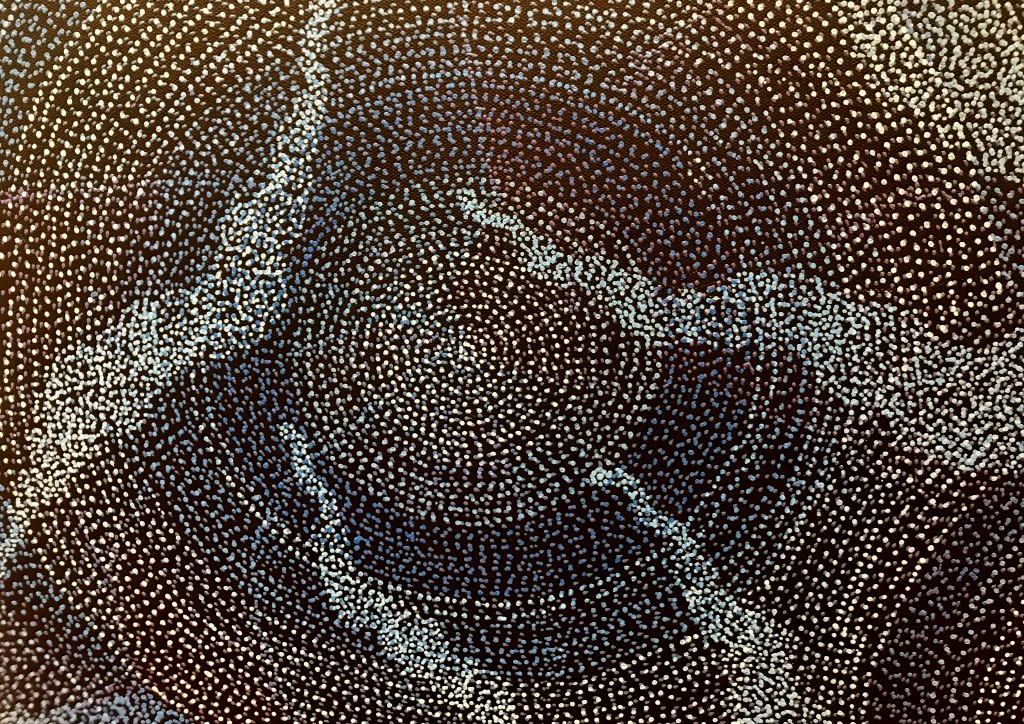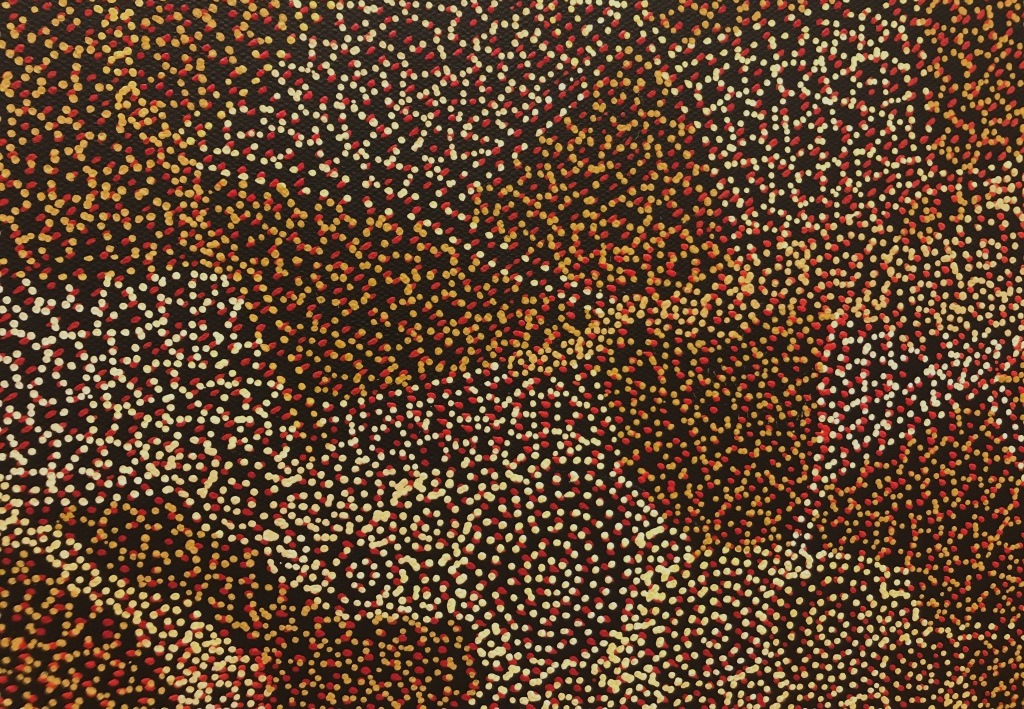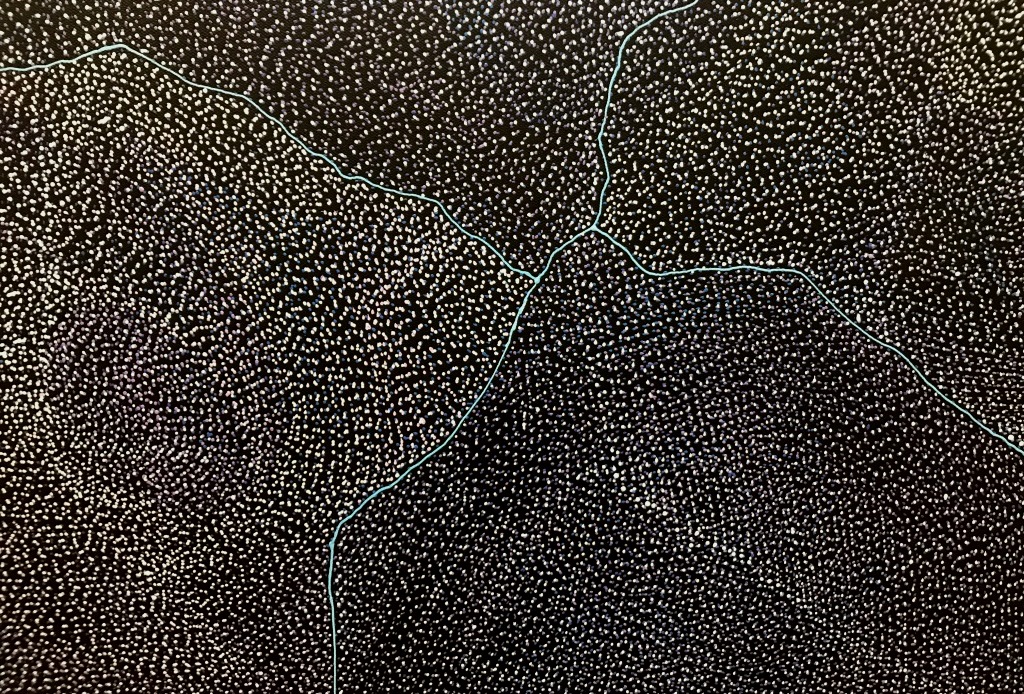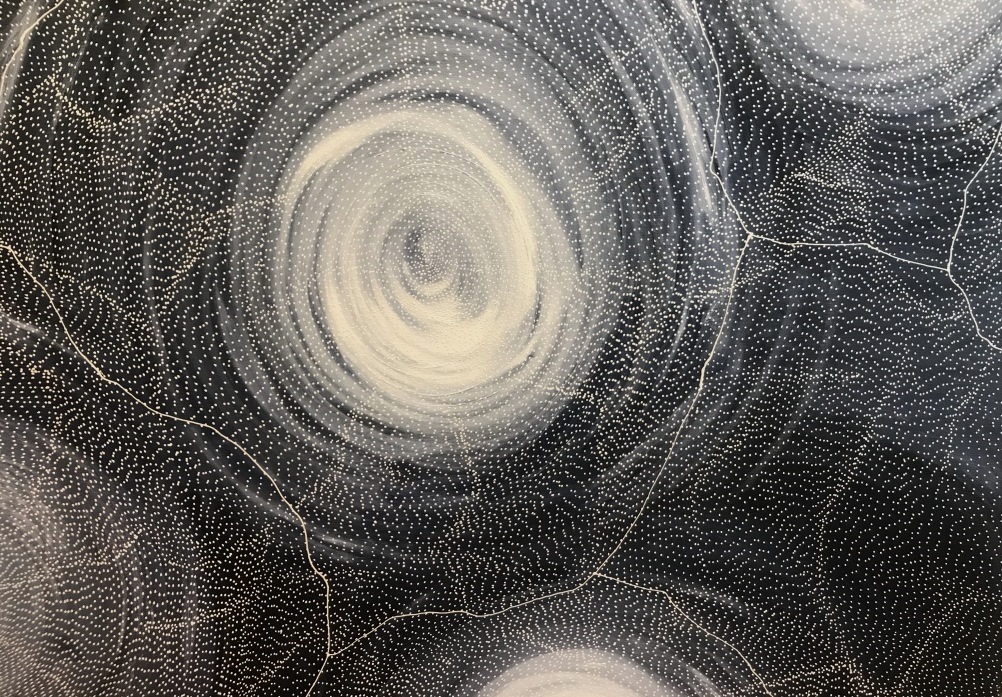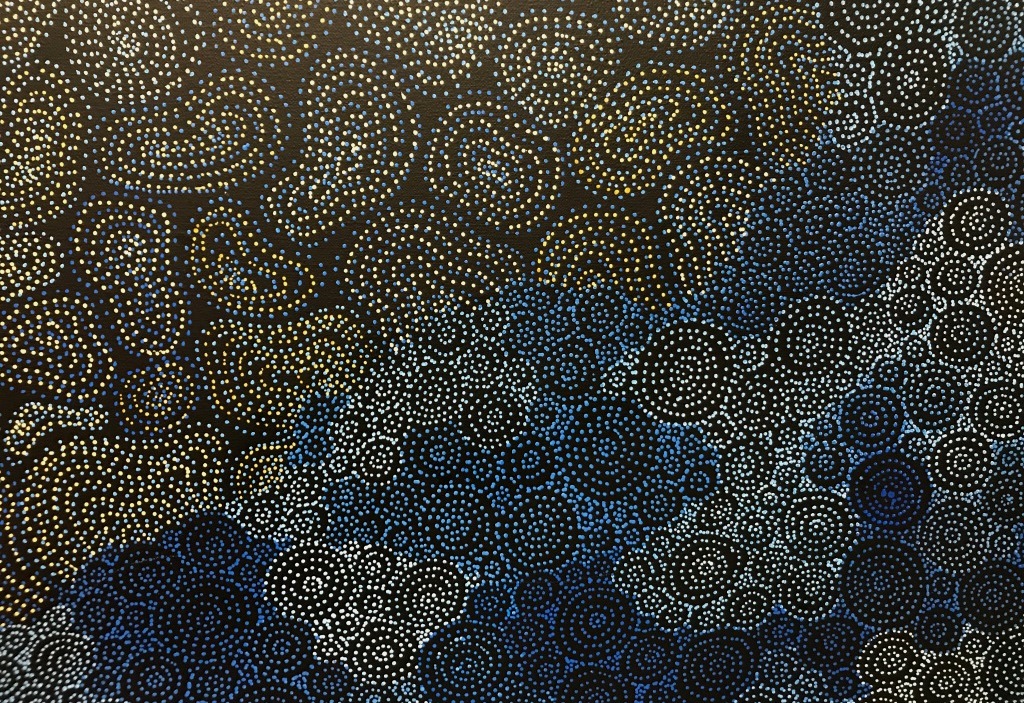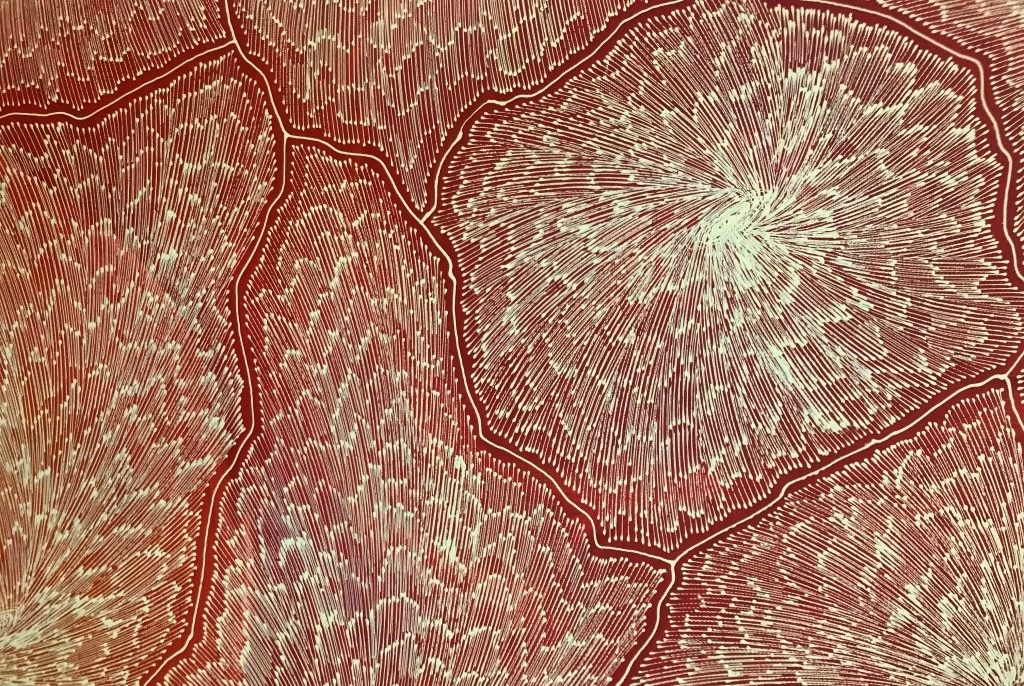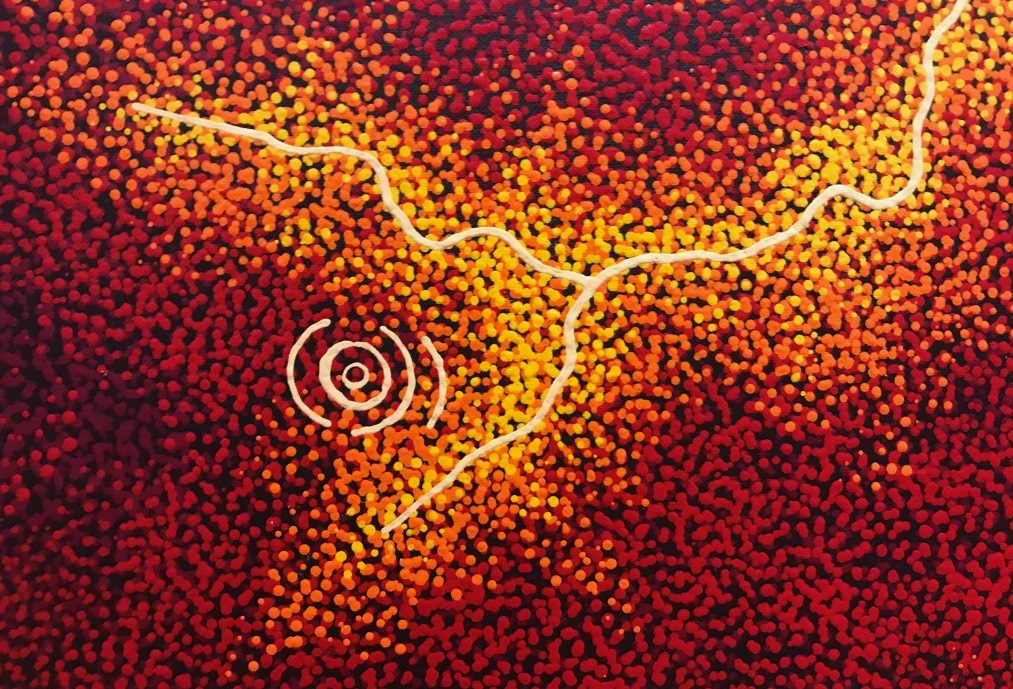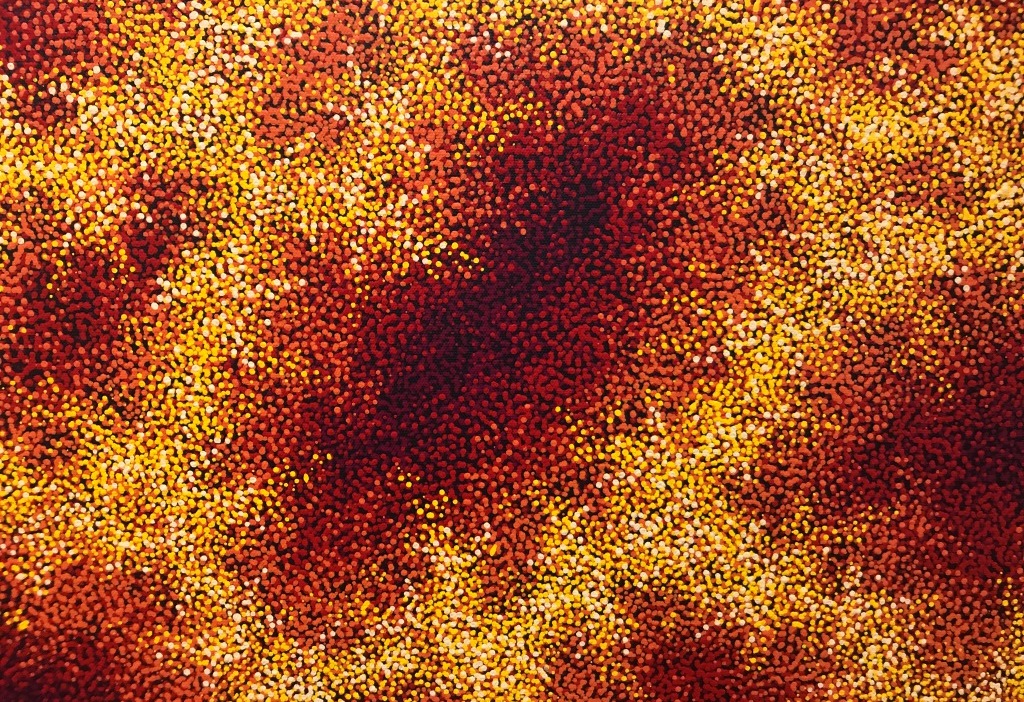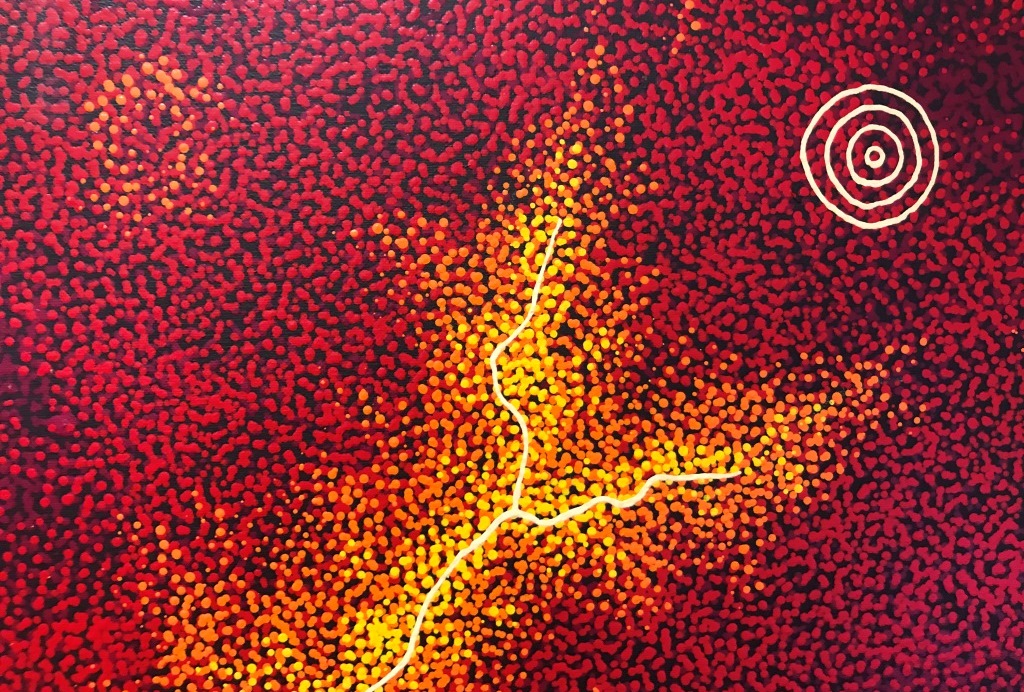Symbolism in Aboriginal Art – Thoughts From Sarrita King
Sarrita King is a well-established Australian artist. Here she talks about recent questions she has had about Aboriginal art symbols, and whether symbols are linked across cultures and universal or more specific to a cultural group. She discusses the origin and meaning of some of the symbols that she and her sister Tarisse King use in their art.
Are Symbols in Aboriginal Art Regional or More Universal
A teacher asked me about Aboriginal art symbols recently. He'd found a chart online about symbols in Aboriginal art, and wanted to show it to his students. He told me he was surprised when he found other charts that were just the same. The charts weren't that clear about where the symbols came from or what region was being represented. He asked me if Aboriginal art symbols were universal. It's something I've never looked at too hard before. It would be interesting to find out if some symbols are used all over the country.
I guess you could look back at cave art and see if similar symbols are appearing in different regions. In Australia, all the different tribal groups have different languages. I wonder if the symbols were something that they could all agree on. It might have made communication between the different language groups much easier. I started to wonder about these symbols.
I've seen the symbol sheets the teacher was referring to. There's not much variation. Are they universal, or did some group originally do them and then everyone just ran with it? I'm really not sure.
Symbols used by Sarrita and Tarisse
I can tell you about the symbols Tarisse and I use in our paintings. Our use of symbols came from our Dad, William King Jungala.
When it comes to symbols, both of us make use of the circle. Our Dad was always intrigued by circles, and even a dot itself is a circle. He used the imagery of the circle to mean several different things. It could be an image of home, country or even of a person.
When it comes to using circles in our work, depending on the artwork, circles can express a person, home or elements in the landscape.
I've got a series of Waterholes paintings where the circles represent water. You'll see that in my Ancestors series also. The circles are expressing where water is, through those circles there is an expression of life and where life was. It is either re-birth or it is drying out. You'll see the drying theme in my artworks of Dry Ancestors.
This image is from the newest of the Ancestors Series. It's called Ancestors in Floodplains. This one has the circles going over another layer of circles. It is representing floodplains and flooding over the land.
The big circle imagery goes straight over the top. It is showing that that whole area is under water. This is about the regeneration and rebirth of life. That's why I use those colours.
In some of my Ancestors work you've got the drying of the waterholes, and using circles to show the shrivelling of the waterhole itself - the Dry Season Ancestors.
In these paintings, you can see how the ground cracks. The waterholes are almost reaching for each other. In those smaller circles, like arms almost, there is a kind of longing, but it is being displaced. Then you've got the animal tracks running through the land, coming in and out from the waterholes.
This is about the wet season. The Lightning series reflects what I've always tried to do with the lightning. I try to capture the energy of the storm.
You'll see the circle work in the background. Once again, I've been experimenting with how to show that energy. I think all of my Lightning artworks have that, in as much as they've got the strike intensity, they've all got a bit of a circular flow about them as well. I just wanted to use the circles in the background to capture more of the energy and for the mood and flow of the artwork.
This work has similar themes to the previous one. Using that painted background, it does give a sense of difference and renewal. It is important for me and for people that like to follow my career to see an evolution in my artwork. The Lightning always changes a bit, but this is another step in a different direction, and it's almost like a rebirth of the whole series again.
In this painting, I've used a more traditional style Lightning. I've been trying to get a different energy, and so I've been painting backgrounds.
With this one, you've got the strokes, which is the original style of Lightning.
The first painting shows an old campsite. That’s the circle where you can see it’s broken. That’s a campsite where the people have moved on. The light coloured line is the water source. That’s the river cutting through the land. Many people view Tarisse’s paintings and see lightning straight away. That’s the repetition of certain shapes in nature. Probably more often than not, people see that as lightning, but it is actually the water cutting through the land.
People look at my paintings and many times they will see something different. I think that's what's so great about nature itself. The repetition is there. Even though you may look at the same things, there will always be someone who sees something different. You're not wrong because that's what nature is like.
Read more:


